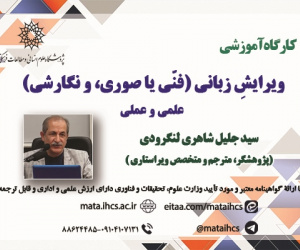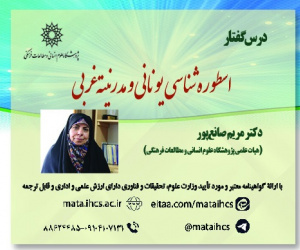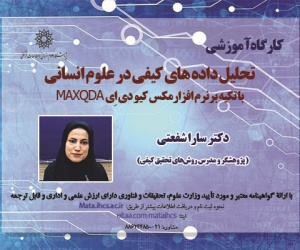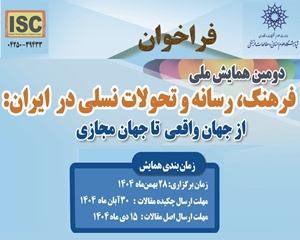سنجش اثربخشی مداخلات ایمن سازی روان شناختی برافزایش تاب آوری مخاطب ایرانی در برابر پویش های رسانه ای: یک کارآزمایی تصادفی سازی شده کنترل شده
آرشیو
چکیده
با توجه به تبلیغات سیاسی شبکه های معاند در رسانه های اجتماعی فارسی زبان، بررسی این موضوع که محتوای این شبکه ها چطور با برانگیختن هیجانات، شکاف های سیاسی را در جامعه تشدید می کند و همچنین بررسی روش های افزایش تاب آوری در برابر اطلاعات گمراه کننده، در قالب یک کارآزمایی تصادفی سازی شده کنترل شده حائز اهمیت است. در این مطالعه برای پیاده سازی آزمایش، چهار گروه به صورت تصادفی طی دو مرحله مداخله و آزمایش، در معرض چهار دسته محتوای رسانه ای تصویری- ویدئویی قرار گرفتند. در مرحله مداخله، گروه اول (کنترل) و دوم، صرفاً شاهد تصاویری با محتوای خنثی بودند. گروه سوم شش تصویر با محتوای سواد رسانه ای و گروه چهارم ویدئویی با موضوع سواد رسانه ای دریافت کردند. در مرحله آزمایش، همه گروه ها تصاویری یکسان مشاهده کرده و واکنش هیجانی و رفتاری مخاطب در هر مورد ثبت شد. در این پژوهش دو سازوکار قرار دادن شرکت کنندگان در معرض مداخلات سواد رسانه ای در دسترس و کم هزینه و آگاهی مخاطب از منبع پیام، بر افزایش تاب آوری مورد بررسی قرار گرفت. یافته ها نشان می دهد آگاه سازی مخاطب از منبع پیام تا جایی که محتوای آن مستقیماً به سوگیری های شخصی مربوط نباشد، در کاهش واکنش هیجانی و واکنش رفتاری (لایک کردن و اشتراک گذاری)، تأثیر معناداری دارد. از طرفی سوگیری ها، قوی تر از مداخلات دیگر، باعث افزایش هیجان مثبت و واکنش رفتاری می شوند. در پیام های خنثی، فرد بیشتر از مسیر مرکزی به تحلیل و اقدام می پردازد؛ اما در محتوای هم خوان با سوگیری های شخصی، رفتار مخاطب از طریق مسیر محیطی/ اکتشافی که نیازمند منابع شناختی کمتری است کنترل می شود.Measuring the effectiveness of psychological inoculation interventions on increasing Iranian audiences' resilience to media campaigns: A randomized controlled trial
Given the political propaganda of hostile networks in Persian social media, the study of how these networks exacerbate political divisions in society by arousing emotions, as well as methods of increasing resilience against misleading information, is examined in the form of a randomized controlled trial. . In this study, for the implementation test, four groups were randomly assigned to four visual-video media categories in two intervention and experimental phases. In the intervention phase, the first (control) and second groups simply witnessed neutral images. The third and sixth groups received media literacy images, and the fourth group received videos on the topic of media literacy. In the experimental phase, all groups viewed the same images and the audience's emotional and behavioral reactions were recorded in each case. In this study, two mechanisms of exposing participants to accessible and low-cost media literacy interventions and audience members from the source of the message were used to increase resilience in examining the situation. Findings show that informing the audience about the source of the message, as far as it relates to personal biases, has a significant effect on reducing direct reaction and behavioral response (likes and shares). On the other hand, the stronger the other interventions, the more positive emotion and behavioral response they produce. In neutral messages, the individual analyzes and acts more from the central route. However, in line with personal biases, behavior is controlled through the peripheral/exploratory route, which requires fewer cognitive resources.








